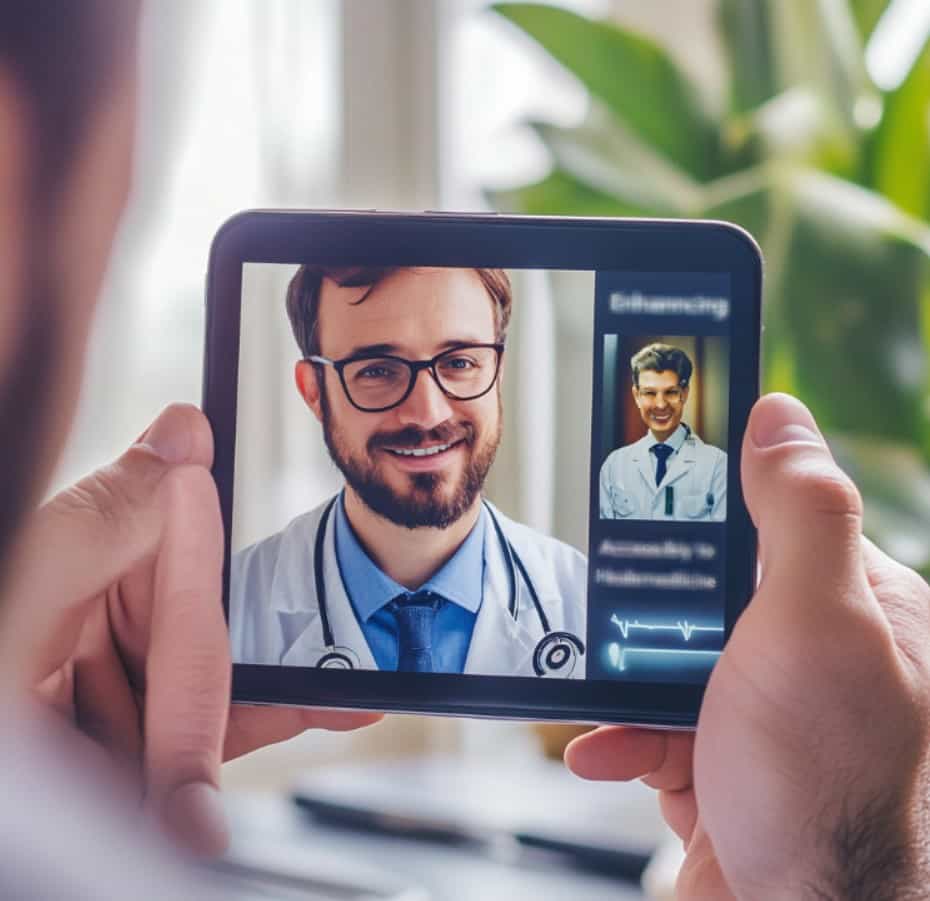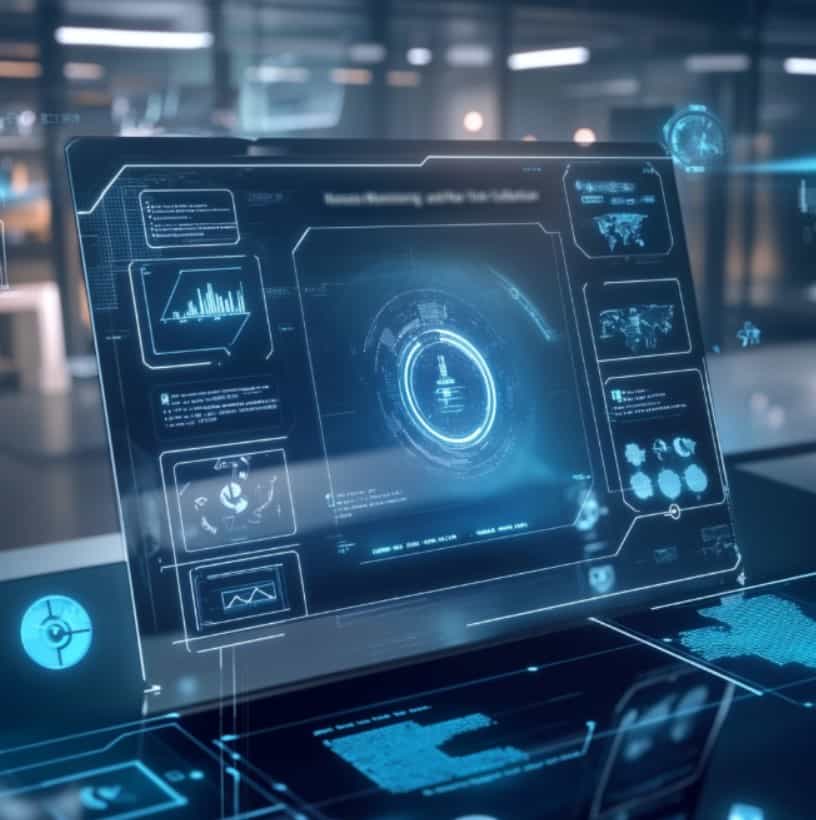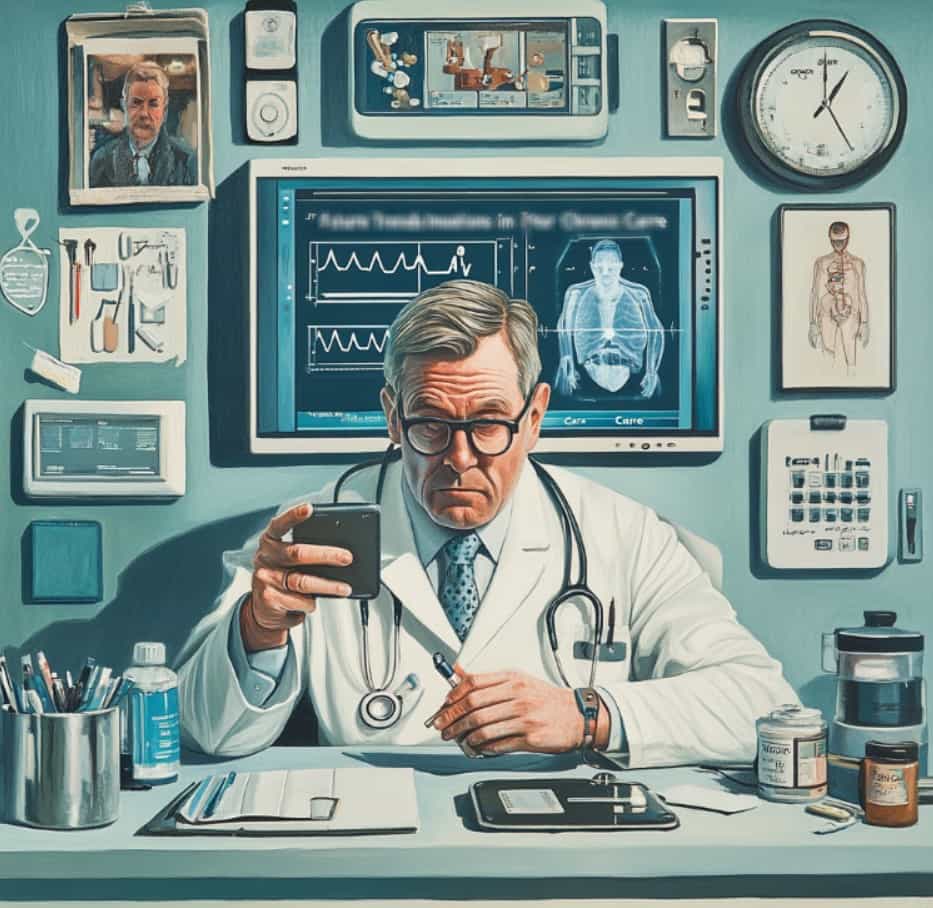Chronic diseases, such as diabetes, hypertension, and cardiovascular conditions, require long-term and consistent management. Traditional healthcare models often struggle to provide continuous monitoring and timely intervention for patients dealing with chronic conditions. Telemedicine applications, supported by mobile app development services, have emerged as a revolutionary tool in addressing these challenges, offering remote consultations, real-time health tracking, and personalized care plans. This article explores how telemedicine apps are transforming chronic care management, focusing on accessibility, remote monitoring, patient engagement, cost-effectiveness, and future trends. Mobile app development services play a crucial role in creating intuitive, secure, and scalable telemedicine solutions that enhance the quality of care for chronic patients.
Enhancing Accessibility to Healthcare

Enhancing accessibility to healthcare is crucial for improving overall public health and ensuring that individuals receive timely medical attention. Many communities, particularly in rural and underserved areas, face challenges such as a lack of medical facilities, long travel distances, and financial barriers. Advancements in telemedicine, mobile health clinics, and digital health solutions are helping bridge these gaps. Governments and private organizations must collaborate to expand healthcare infrastructure, provide affordable insurance options, and integrate technology-driven solutions. Additionally, increasing healthcare workforce availability, investing in preventive care, and raising awareness about available services are essential. Policies that promote inclusivity, such as language-accessible services and disability-friendly facilities, further enhance healthcare reach. By prioritizing accessibility, societies can reduce disparities, improve patient outcomes, and create a more equitable healthcare system where everyone, regardless of location or socioeconomic status, can access quality medical care when needed.
| Remote Consultations | - Patients can consult with healthcare providers from anywhere, reducing the need for frequent hospital visits.
| - A diabetic patient in a rural area receives guidance from an endocrinologist through a video call.
|
| Reduced Waiting Times | - Telemedicine apps offer instant or scheduled consultations, eliminating long waiting times in clinics.
| - A patient with hypertension books an online consultation instead of waiting weeks for an in-person appointment.
|
| Multi-Specialty Access | - Patients can connect with various specialists without traveling long distances.
| - A chronic kidney disease patient consults a nephrologist and a nutritionist via the same app.
|
Remote Monitoring and Real-Time Data Collection

Remote monitoring and real-time data collection are transforming industries by enabling continuous tracking of critical information. In healthcare, wearable devices and IoT sensors help monitor patients’ vital signs, detect anomalies, and alert healthcare providers instantly. This improves early intervention, reduces hospital visits, and enhances patient outcomes. In industrial settings, real-time data from machinery ensures predictive maintenance, preventing costly failures. Smart agriculture leverages remote sensors to track soil moisture, weather, and crop health, optimizing yields. Businesses use data collection tools to analyze consumer behavior and improve decision-making. Cloud computing and AI further enhance these systems by enabling real-time analytics and automation. However, ensuring data security and privacy remains crucial. As technology advances, integrating remote monitoring with AI and edge computing will create even more efficient, responsive, and data-driven ecosystems across multiple sectors, revolutionizing the way we operate and interact.
| Wearable Integration | - Smart devices track vital signs like blood pressure, glucose levels, and heart rate.
| - A patient with arrhythmia receives alerts when irregular heart rhythms are detected.
|
| AI-Powered Alerts | - Algorithms analyze patient data and notify doctors of abnormal trends.
| - A diabetes patient gets an alert for abnormal glucose levels, prompting immediate action.
|
| Digital Health Records | - Secure cloud-based platforms store patient histories for easy access.
| - A physician reviews a patient’s past readings before adjusting medication.
|
Improving Patient Engagement and Compliance

Improving patient engagement and compliance is essential for better health outcomes and more efficient healthcare systems. When patients are actively involved in their care, they are more likely to follow treatment plans, attend appointments, and adopt healthier lifestyles. Digital health tools, such as mobile apps, patient portals, and wearable devices, empower individuals by providing easy access to medical records, medication reminders, and personalized health insights. Telemedicine also enhances engagement by offering convenient consultations, reducing barriers to care. Healthcare providers play a key role by fostering open communication, educating patients about their conditions, and addressing concerns effectively. Gamification and rewards-based programs further motivate adherence to treatment regimens. Additionally, family involvement and support networks contribute to sustained compliance. By leveraging technology, personalized care, and education, healthcare systems can enhance patient engagement, leading to improved overall health and reduced medical costs.
| Medication Reminders | - Apps send notifications for medication intake, reducing missed doses.
| - A hypertension patient receives alerts to take their prescribed beta-blockers.
|
| Virtual Health Coaching | - AI-driven or human coaches guide patients on diet, exercise, and stress management.
| - A weight loss coach helps an obese patient develop sustainable lifestyle habits.
|
| Gamification & Rewards | - Patients earn points or rewards for adhering to health goals.
| - A COPD patient completes breathing exercises daily to earn app rewards.
|
Cost-Effectiveness and Healthcare System Efficiency

Cost-effectiveness and healthcare system efficiency are vital for ensuring accessible, high-quality care while managing expenses. By optimizing resource allocation, healthcare providers can reduce unnecessary costs and enhance service delivery. Telemedicine, digital health records, and AI-driven diagnostics improve efficiency by minimizing administrative burdens and streamlining workflows. Preventive care measures, such as early screenings and chronic disease management, lower long-term healthcare costs by reducing hospitalizations. Additionally, value-based care models, which focus on patient outcomes rather than service volume, promote cost-effective treatments. Efficient supply chain management, automation, and data-driven decision-making further enhance system performance. Governments and private sectors must collaborate to implement policies that prioritize affordability, transparency, and accessibility. By integrating technology, improving care coordination, and eliminating inefficiencies, healthcare systems can maximize cost-effectiveness while delivering high-quality, patient-centered care to broader populations.
| Reduced Hospital Readmissions | - Remote monitoring helps prevent complications that lead to hospital stays.
| - A heart failure patient avoids costly hospitalization by adjusting treatment early.
|
| Lower Travel Expenses | - Patients save on transportation costs for frequent check-ups.
| - A rural arthritis patient consults with a rheumatologist from home.
|
| Efficient Workforce Utilization | - Providers manage more patients without being physically present.
| - A single doctor consults multiple patients daily via telemedicine, improving efficiency.
|
Future Trends and Innovations in Telemedicine for Chronic Care

Future trends and innovations in telemedicine for chronic care are revolutionizing how patients manage long-term conditions. AI-driven diagnostics and predictive analytics enable early detection of complications, improving treatment outcomes. Wearable devices and remote monitoring tools continuously track vital signs, alerting healthcare providers to any abnormalities in real time. Personalized telehealth platforms enhance patient engagement by offering tailored treatment plans and virtual consultations, reducing the need for frequent hospital visits. Integration of blockchain technology ensures secure, transparent medical records, enhancing data privacy. Additionally, telemedicine is evolving with augmented reality (AR) and virtual reality (VR), providing immersive rehabilitation and therapy sessions. Advances in 5G connectivity improve video consultations and data transmission, making remote care more seamless. As technology progresses, telemedicine will become even more patient-centric, fostering proactive disease management and improving the quality of life for those with chronic conditions.
| AI & Machine Learning | - Algorithms analyze patient data to predict health risks.
| - Early detection of stroke risk in high-blood-pressure patients.
|
| Blockchain for Security | - Secure patient data sharing through encrypted systems.
| - Enhances privacy and interoperability of digital health records.
|
| Virtual Reality Therapy | - VR-based rehabilitation programs for chronic pain management.
| - Reduces opioid dependence for pain patients through immersive therapy.
|
Conclusion
Telemedicine apps have revolutionized chronic care management by enhancing accessibility, enabling remote monitoring, improving patient engagement, reducing healthcare costs, and paving the way for future innovations. As technology continues to evolve, telemedicine will play an even greater role in ensuring that patients with chronic diseases receive continuous, high-quality care. Integrating AI, wearables, and secure digital records will further refine patient outcomes, making healthcare more personalized and proactive. An IT support company plays a vital role in maintaining the infrastructure and security of these telemedicine platforms, ensuring that they run smoothly and securely. The future of chronic care is undoubtedly digital, and telemedicine is leading the way.
Learn more about our healthcare solutions here: WTT Solutions Healthcare.



















